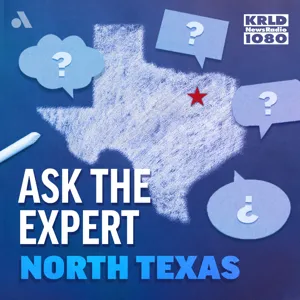Podcast Summary
Mental Health, Social Media: Mental health is a priority, reach out for help at 988. Social media use among youth increases, US Surgeon General advocates for warning labels to increase awareness and potentially lead to behavior change.
Mental health is a priority, and help is available for those struggling with thoughts of suicide, depression, anxiety, or mental illness. You can reach out by calling or texting 988. Additionally, the conversation around the impact of social media on adolescent mental health continues, with the US Surgeon General advocating for warning labels on social media sites. While labels may not be the complete solution, history shows that they can increase awareness and lead to incremental behavior changes. The importance of this issue is underscored by the increasing prevalence of social media use among younger generations.
Social Media and Adolescent Mental Health: Social media usage among adolescents exceeding 3.5 hours per day can lead to increased depression, anxiety, and addiction-like behavior, negatively impacting their mental health
Social media's mainstream role as a primary source of entertainment and communication has led to an alarming trend among adolescents. They spend an average of 3.5 hours per day on social media, which studies suggest can directly correlate to increased depression and anxiety. Social media platforms are designed to capture our attention, making it incredibly seductive for adolescents to engage in a dopamine cycle of checking for likes and responses. This addiction-like behavior can negatively impact their mental health. The research indicates that we need to take action to protect young people from the risks of over-consuming social media, including addiction, depression, and anxiety.
Social media and adolescent mental health: Only 14% of adolescents feel better about themselves after using social media, while 46% feel worse. Exposure to hate-based content and sleep disruption due to blue light are potential causes.
Social media use among adolescents can have negative effects on their mental health. A study revealed that only 14% of adolescents reported feeling better about themselves after using social media, while 40% reported no change. The remaining 46% reported feeling worse. This may be due in part to the exposure to hate-based content, which 64% of adolescents reported experiencing regularly or often. Additionally, the blue light emitted by phones and screens can interfere with sleep, which is particularly important for adolescents as they go through a second phase of brain development. The use of social media in bed or next to it can exacerbate sleep issues, leading to decreased sleep quality and duration, which are also linked to depression and anxiety. Dr. Ken Jones from Texas Health Resources emphasized the importance of awareness and response to these findings.
Media plan for families: Create tech-free zones and times, set social media usage rules, and prioritize face-to-face connections for healthy family relationships and emotional well-being.
Families need to establish a media plan to limit screen time and create tech-free zones at home. According to Dr. Ken Jones, behavioral health clinical officer for Texas Health Resources, this includes setting boundaries for social media use, having device-free dinner times, and creating a device-free family zone. It's essential for parents to be aware of their adolescent's social media usage and establish rules to mitigate excessive exposure. By doing so, families can reconnect through primary human connections such as face-to-face conversations and eye contact. These connections are crucial for healthy development and emotional well-being. In summary, families should prioritize creating tech-free spaces and times to foster healthy relationships and protect primary human connections.
